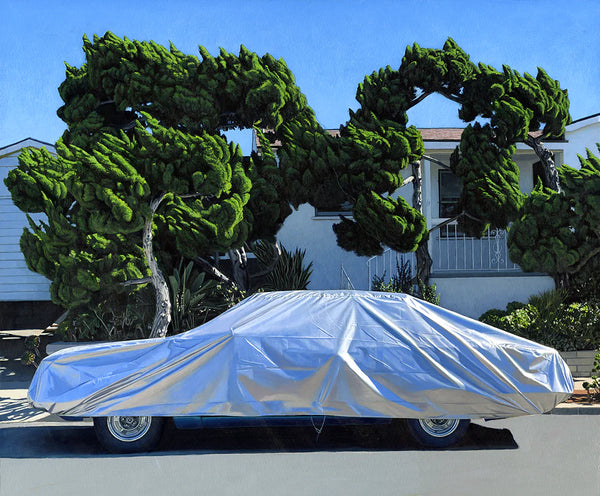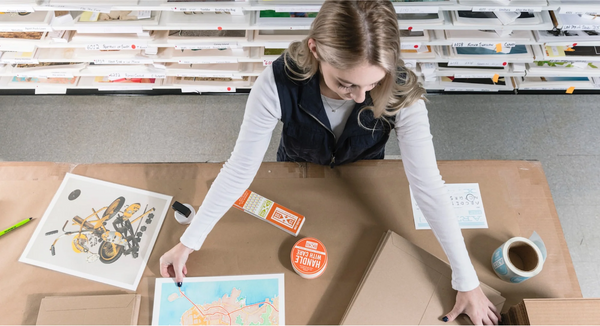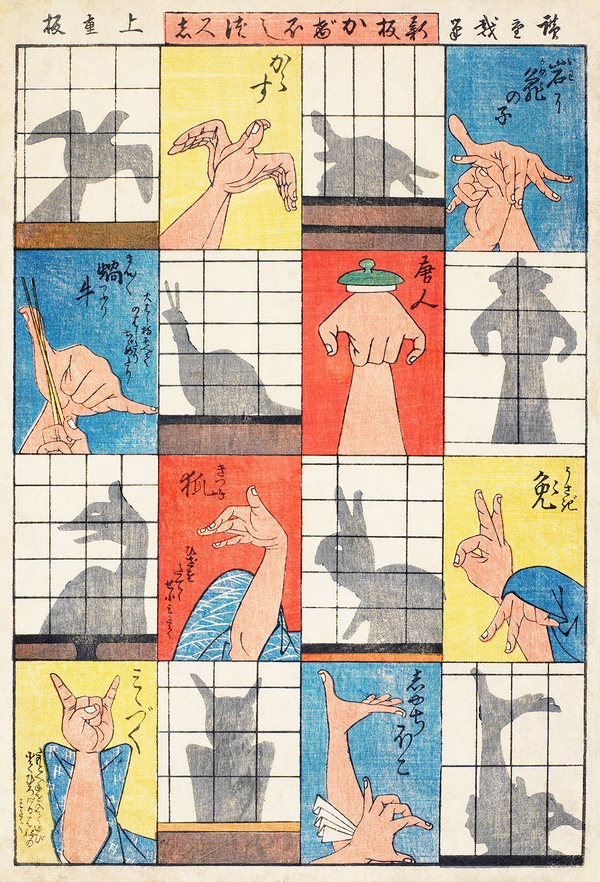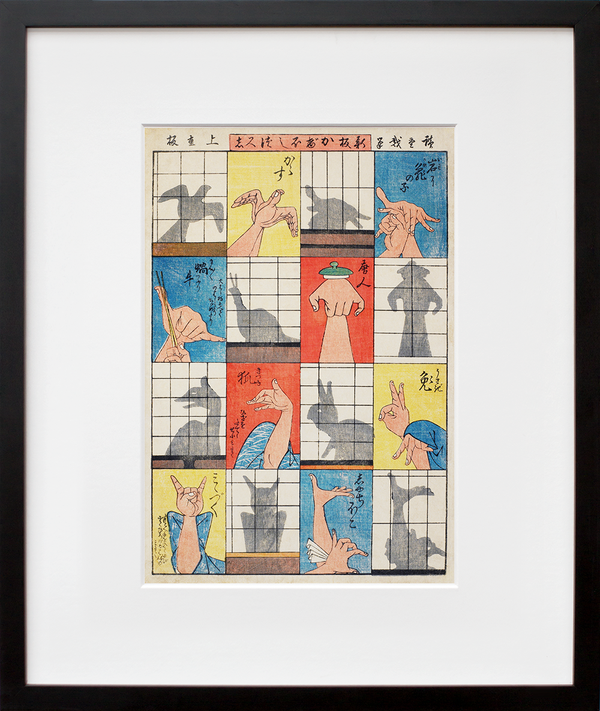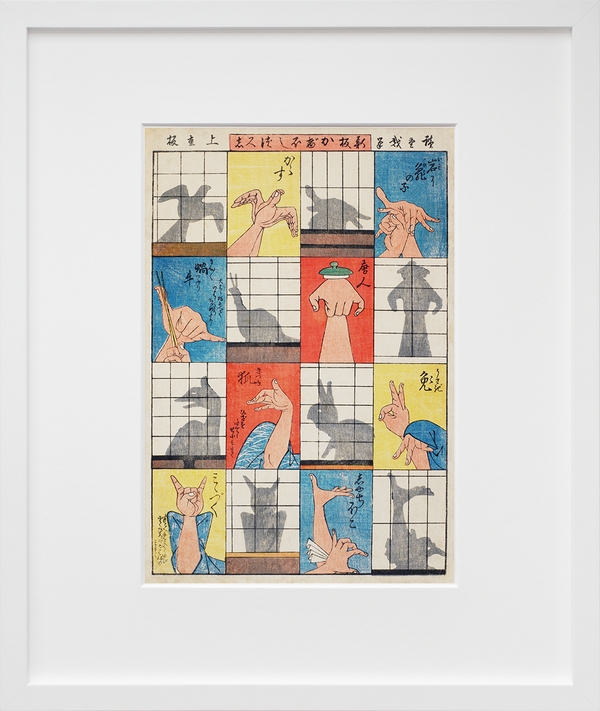This store requires javascript to be enabled for some features to work correctly.
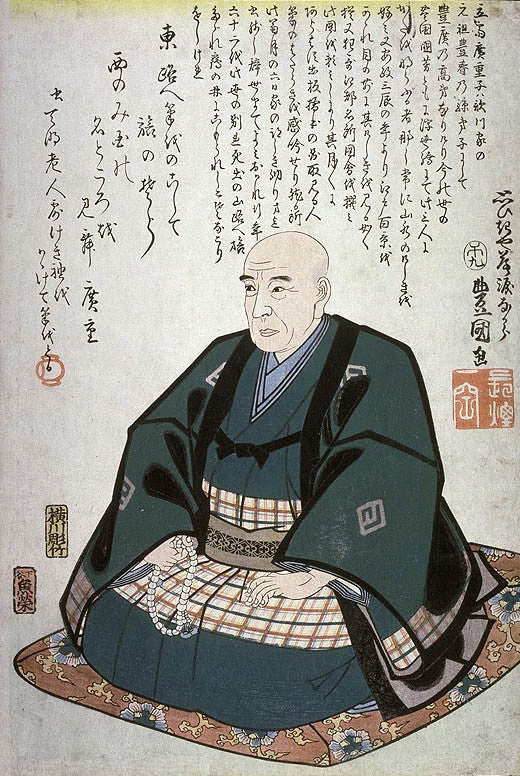
Utagawa Hiroshige
Utagawa Hiroshige is widely recognized as one of the last great masters of the ukiyo-e tradition. Born Ando Hiroshige in 1797 in Edo (now Tokyo), Hiroshige worked as a fire warden until 1812, when he began studying under Toyohiro, a renowned painter. He was considered a rebellious student: instead of choosing to focus on popular ukiyo-e subjects like beautiful women and city life, Hiroshige much preferred to travel and paint bold, formal landscapes. This style eventually made him quite popular, allowing him to publish series like One Hundred Famous Views of Edo, The Fifty-three Stations of the Tōkaidō, and The Sixty-nine Stations... of the Kiso Kaidō. At sixty-one, Hiroshige died of cholera at his home in Edo. His total output is estimated to be between 5,000 and 8,000 individual prints. Scholars agree that after Hiroshige's death, the ukiyo-e genre fell into rapid decline when faced with the westernization of Japan at the time. However, Hiroshige's work came to have an influence on Western painting near the end of the 19th century as part of the Japonism trend - even Van Gogh painted copies of Hiroshige's prints.
Join our mailing list for 10% off
Sign up for our newsletter to get first access to new editions, catch the freshest commentary + features, and snag a special discount.


